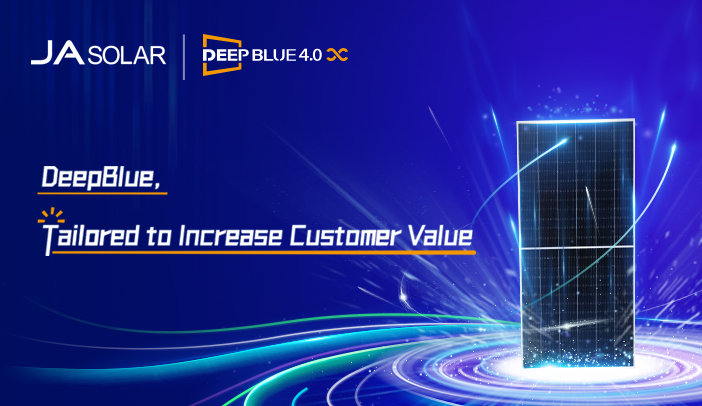- Eskom, the South African Wind Energy Association (SAWEA) and South African Photovoltaic Industry Association SAPVIA have collectively conducted a ‘Renewable Energy Grid Survey’.
- The survey is a first of its kind and provides clear market intelligence on the status of the renewable energy sector in South Africa.
- The survey reveals that 66GW of renewable energy projects under development which includes 21GW of wind and 7.5GW of wind and battery storage plus 13305MW solar PV and 19572MW of solar PV with battery storage.
- In the mix is 2GW of gas powered generation.
- All projects recorded in the survey are ‘shovel ready’ (construction ready) or close to it.
- The suvery and associated report will be carried out annually going forward.
The survey also provides projects per region with grid capacity assumptions. Not only is it valuable for project developers, but it also provides insight for Eskom’s future transmission capacity needs and overall grid planning.

Curtailment
While the projects listed are exciting, there is massive limitations to grid feed in capacity. Not all projects may be successful.
Last week, in an address to transmission EPC’s, the Managing director of Eskoms’ new Transmission Company, Mr Segomoco Scheppers, said that the country needed to add more than 1500 km of new transmission lines annually over the next ten years. This is to ensure transmission capacity to accommodate more than 50 GW of new generation power which will mainly come from intermittent renewable energy (wind and solar projects).
Currently, Eskom’s transmission division is adding 300 km of new power lines annually. Scheppers confirmed that in the last ten years, only 4 347 km of new powerlines were added.
Another challenge is transformer capacity. Scheppers confirmed that more than 122 600 MVA transformation capacity would have to be added, representing 77% of Eskom’s current installed base of just over 160 000 MVA. In the last ten years, only 19 060 MVA has been added to the grid infrastructure.
SAWEA has advocated shared grid connections to overcome transmission infrastructure limitations by pairing wind, solar and battery power plants at a single transmission connection point. This provides Eskom, with an increased uptake of power at a particular point. “Considering that it has been proven in global energy markets that co-location of wind, solar PV and energy storage technologies offer more stable, predictable and dispatchable power output, the option of shared grid connections makes sense in the efforts to optimise the current grid infrastructure,” said SAWEA.
Images sourced from De Wet Taljaard – Twitter: @D_W_Taljaard.
Link to the full presentation HERE
Author: Bryan Groenendaal



















4 Comments
I would like to get a copy of this presentation but I can’t access the download.
Can you assist ?
Hi Barry
It is not available to the public as yet however, there is a link to the presentation in the article. Please use this link to get the most info.
Hello Byran,
would it be possible to get a copy of the grid survey to reference please?
Hi Bernard, it is not available to the public as yet however, there is a link to the presentation in the article. Please use this link to get the most info.